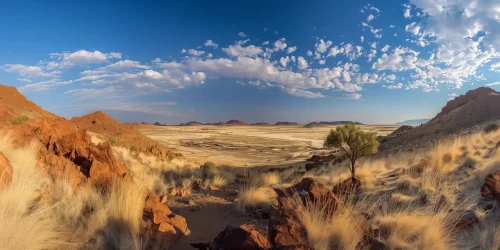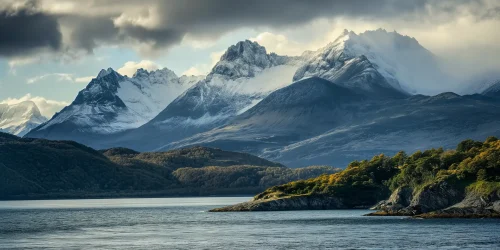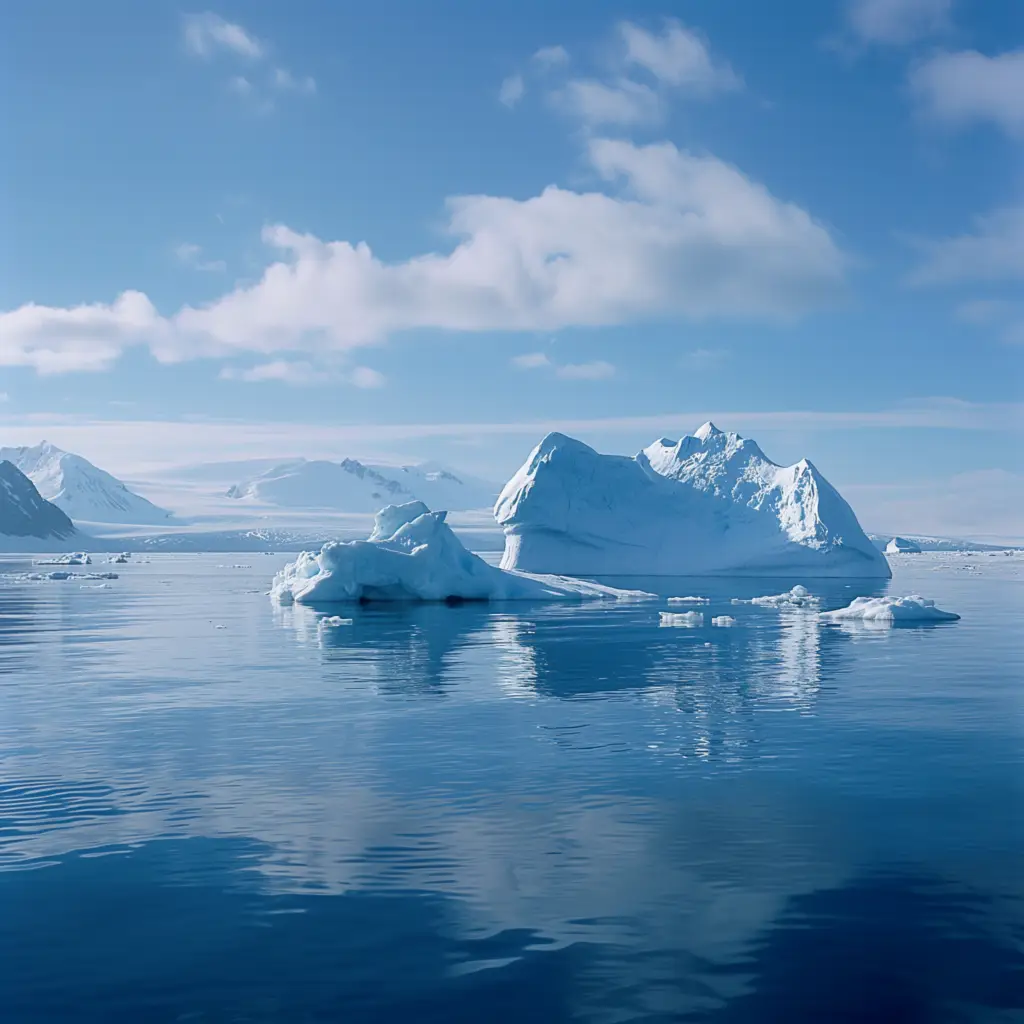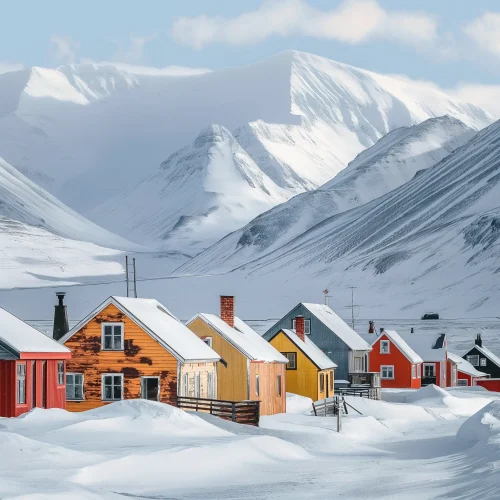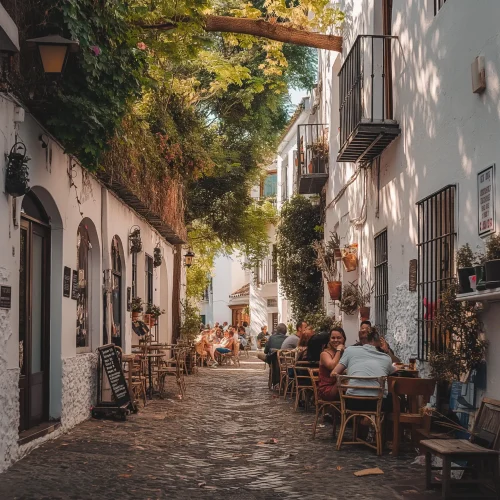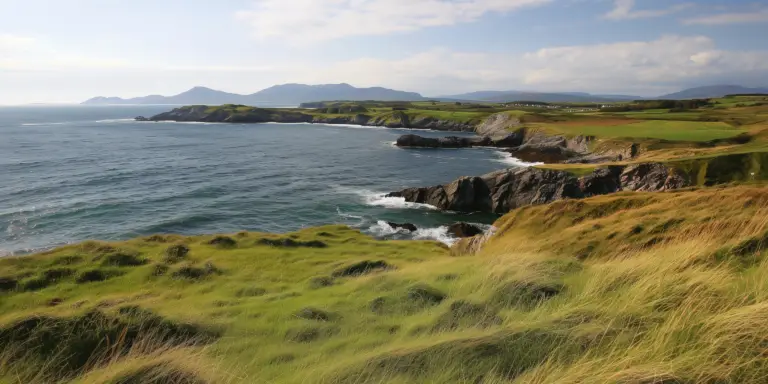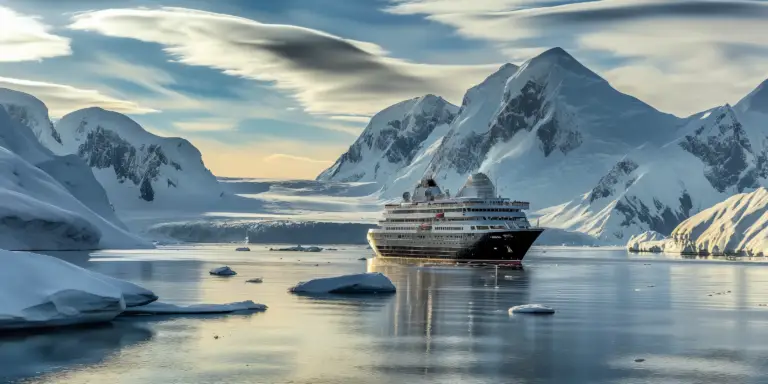The Arctic Ocean, located at the northernmost part of Earth, is the smallest and shallowest of the world’s oceans. Despite its size, it plays a crucial role in global climate and hosts a unique ecosystem. Here’s a closer look at this fascinating body of water:
Geography and Climate
The Arctic Ocean is bordered by North America, Europe, and Asia. It is almost completely surrounded by land, which distinguishes it from the other oceans. Major countries with coastlines along the Arctic Ocean include Russia, Canada, Norway, Denmark (via Greenland), and the United States (via Alaska). The Arctic Ocean includes several seas, such as the Barents Sea, Kara Sea, Laptev Sea, East Siberian Sea, Chukchi Sea, and Beaufort Sea.
The Arctic climate is characterized by extremely cold temperatures, especially during the winter months when the ocean is largely covered in ice. The region experiences a phenomenon called polar night in winter, where the sun does not rise for several weeks, and midnight sun in summer, where the sun does not set for several weeks. This extreme variability in sunlight significantly impacts the climate and the ecosystem.
Ecosystem and Wildlife
Despite the harsh conditions, the Arctic Ocean is home to a rich and diverse ecosystem. Sea ice is a critical component of this ecosystem, providing habitat for organisms like phytoplankton and algae, which form the basis of the Arctic food web. These primary producers support a variety of marine life, including zooplankton, fish, seabirds, and marine mammals.
Notable species include the polar bear, which relies on sea ice to hunt seals; the walrus, known for its distinctive tusks and dependence on ice floes; and various species of whales, such as the narwhal, beluga, and bowhead whale. The Arctic Ocean also supports several species of seals, including the ringed seal, bearded seal, and harp seal.
Environmental and Human Impact
The Arctic Ocean is increasingly impacted by climate change. Rising global temperatures are causing the Arctic ice to melt at unprecedented rates, leading to a decrease in sea ice cover. This melting has profound effects on global sea levels and the overall climate system, as the loss of ice reduces the Earth’s albedo (reflectivity), causing more solar energy to be absorbed by the ocean.
Human activities, such as shipping, fishing, and oil and gas exploration, are also on the rise in the Arctic due to the melting ice. These activities pose risks to the fragile Arctic environment, including oil spills, pollution, and disturbances to marine life. International cooperation and regulatory frameworks, such as those established by the Arctic Council, are essential for managing these activities and protecting the Arctic environment.
